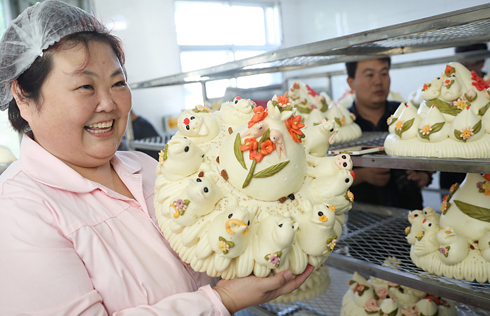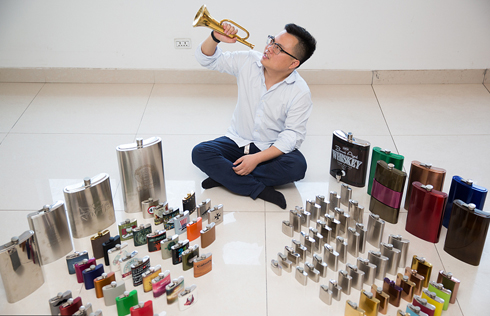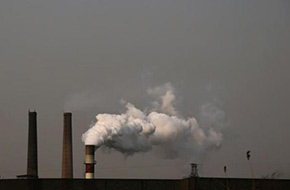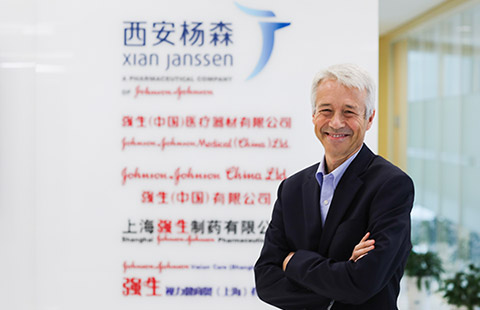Has China's banking sector entered a crunch time?
Capital in most Chinese banks flows in four directions: required reserves against savings, the repo of the central bank, loan disbursal and the purchase of money management products.
Right now, China's commercial banks have 19 trillion yuan ($3.09 trillion) stored in the central bank as reserves against deposits, so ordinary people don't need to worry that how the liquidity squeeze would affect their deposits. The most worrying are bank loans and money management products.
A source told Securities Times that bank loans from China's "big four" state-owned commercial banks—namely the Industrial and Commercial Bank of China, Agricultural Bank of China, Bank of China and China Construction Bank—totaled 217 billion yuan ($35.3 billion) from June 1 to 9, surpassing the total loans from the four banks in May and far exceeding their loans in June 2012.
At the end of each June, the central bank would inspect the liquidity risk at all commercial banks. That's when banks withdraw their money. In the past, banks managed to raise the money by all means to cope with the central bank's inspection. But this year has been difficult due to a strong U.S. dollar and a large amount of cash flow out of emerging markets and to the United States. They can only borrow from other banks.
"The liquidity crunch is not because of a money supply shortfall, but because of the unreasonable structure of commercial banks' capital spending," said Guo Tianyong, Director of the Banking Research Center at the Central University of Finance and Economics in Beijing.
Guo said that the cash squeeze is a good lesson for Chinese banks, but there is no need to compare with the Lehman-related freezing of interbank liquidity in the United States in 2008 because the two are totally different in nature.
"The crisis in the U.S. banks in 2008 derived from loan disbursal in breach of regulations," said Guo. "For instance, they gave bank loans to unqualified applicants and leveraged those housing mortgages. Later, the homeowners couldn't repay their debt, which resulted in the subprime mortgage crisis. But in China, housing mortgages only account for 25 percent of the total bank loans, and there is no leverage in that," said Guo.
Guo's viewpoint was echoed by Stephen Green, chief China economist at Standard Chartered Bank.
"China's current high interbank rates are the intended result of a PBOC campaign to force banks to better manage liquidity and deleverage from certain sectors," said Green.
"We believe it is a deliberate policy meant to de-risk the interbank system," he said.

























